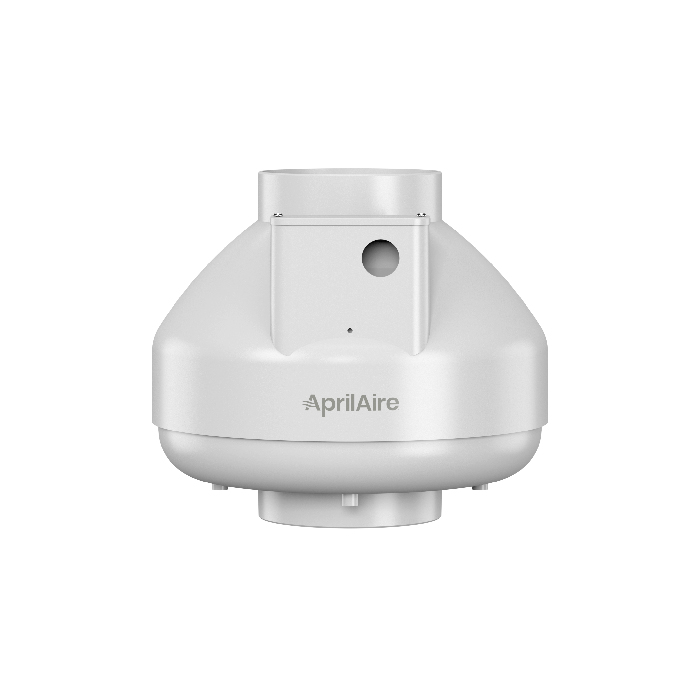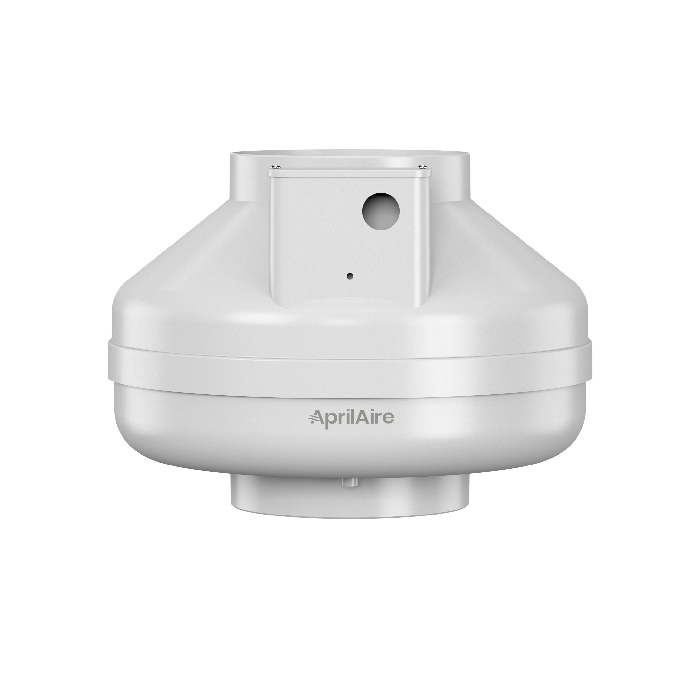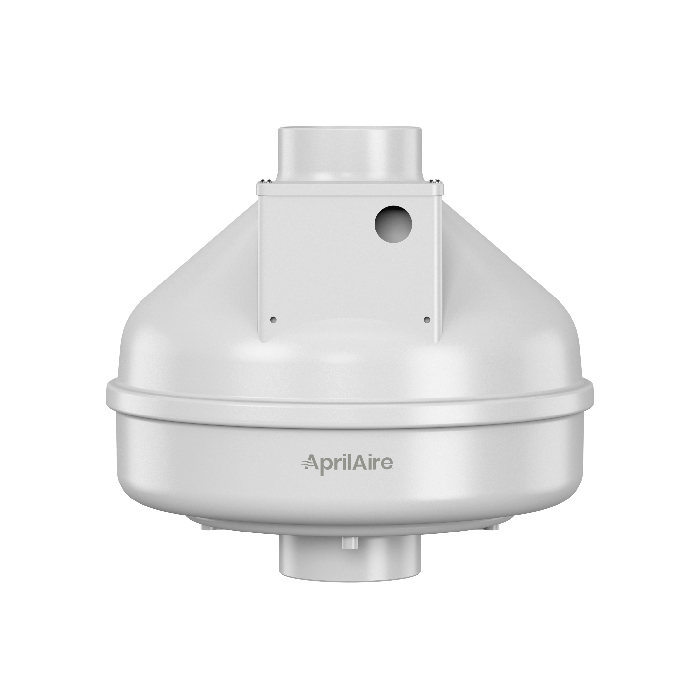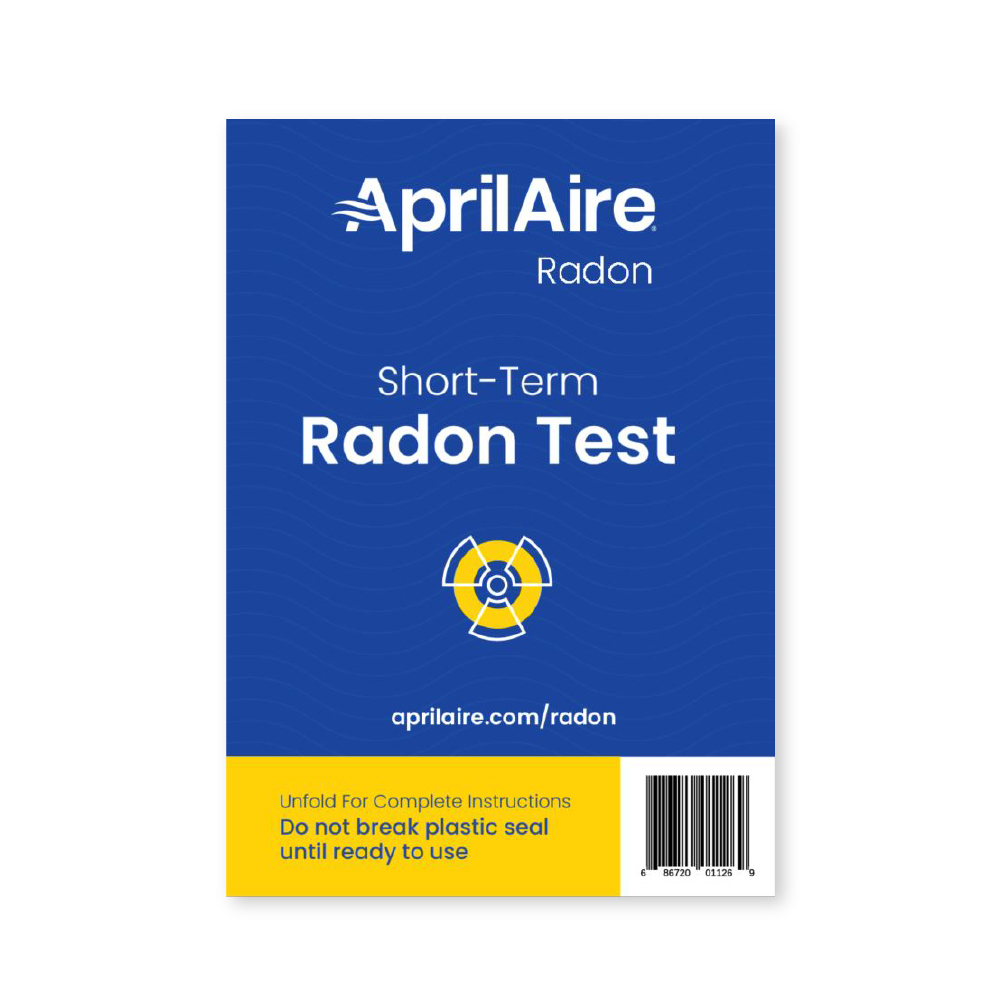
Radon Exposure Presents Lung Cancer Concerns
Radon gas is naturally occurring in soils and rocks from decaying uranium. It is radioactive, colorless, tasteless, and odorless. Radon gas is a health hazard for homeowners nationwide and the level of exposure can vary depending on geographical location and can even vary from house to house on the same street.
Health Effects of Radon Exposure
Over time, the health effects of radon exposure can be fatal. The American Cancer Society writes that radon gas breaks down into tiny radioactive particles in the air that can lodge into the lining of your lungs where they give off radiation. This radiation can lead to lung cancer. Radon exposure is the second-leading cause of lung cancer after smoking and is the leading contributor of lung cancer cases and deaths among nonsmokers. The only way to know if you’re being exposed is to test.
To keep you and your family safe, test for radon in your home annually. Knowing your home’s levels will allow you to pursue radon mitigation, if necessary, and limit the devastating health effects of long-term radon exposure.
Radon Levels Across the United States
Radon levels can vary across the country. They are highest throughout Iowa and in the Appalachian Mountains in southeastern Pennsylvania.
Iowa has some of the highest average radon concentrations in the U.S. due to significant glaciation that ground the granitic rocks from the Canadian Shield and deposited it as soils making up the rich Iowa farmland. Many cities within the state, such as Iowa City, have passed requirements for radon-resistant construction in new homes.
See where your state ranks. And remember—no matter where you live, it’s critical to make testing your home for radon annually a part of your routine.
How does radon enter the home?
It can enter into your home through cracks in walls, basement floors, foundations, and other kinds of openings. It can also enter the home through drinking water. Once it becomes trapped inside, it can accumulate to dangerous levels.
The EPA estimates that one in 15 homes across the country have elevated radon levels.
What is a safe radon level?
There is no known safe radon level and the health risks of low levels of radon are uncertain.
EPA recommends homes be fixed if the radon level is 4 pCi/L (picocurries per liter) or more. Because there is no known safe level of exposure to radon, EPA also recommends that Americans consider fixing their home for radon levels between 2 pCi/L and 4 pCi/L
To make sure your home has a safe radon level, you should test regularly. If the levels are high, then you should work with your local radon-certified professional to install a radon mitigation system to bring your home’s radon levels down.
Radon Solutions Offer Relief
Purchase a Radon Test Kit
AprilAire offers short-term radon test kits for reliable and simple testing. Radon test kits measure radon levels inside the home over a period of 3–7 days. The longer the test kit is inside the home, the more accurate the results are.
Get a Radon Mitigation System Installed
Did your home's recent radon test return a result above 4 pCi/L (picocuries per liter)? It's time to mitigate. If you are in need of a radon mitigation system, use the AprilAire Find a Pro locator.
Your AprilAire Healthy Air Professional can install the right AprilAire Radon Control solution based on your home’s square footage to help you mitigate high levels.
Learn More About AprilAire Radon Products
Related Topics to Prevent Radon Exposure
Certified Professionals Who Care
-
 Custom Evaluations and Expert Advice
Custom Evaluations and Expert Advice
-
 Professional Installations and Maintenance
Professional Installations and Maintenance
-
 Fast and Friendly Local Service
Fast and Friendly Local Service
Let's Get Started
The first step is simple. Share your zip code below for a comprehensive list of certified AprilAire Partners in your area who can help you breathe Healthy Air.



